Boat Profile

O’Day Day Sailer
A proven performer for 61 years
From Issue July 2019
T he production of small boats was booming in the 1950s on both sides of the Atlantic, and really took off in the late ’50s with the introduction of fiberglass. Famed designers Uffa Fox and George O’Day teamed up in 1956 to create the O’Day Day Sailer. Fox is credited with introducing the technique of planing to dinghy racing and designed many significant classes of boats, including the International 14. The story goes that Fox wanted a pure racing dinghy but O’Day wanted the small cuddy added to increase appeal to the recreational market in the U.S., so Fox designed the planing hull and O’Day designed the cuddy. The resulting Day Sailer was a 16’9” centerboarder with a displacement of 575 lbs, which makes for a light load to tow behind the family car. The fractional sloop rig includes a generously sized spinnaker for exciting downwind sailing.
The first Day Sailer was sold in 1958 and immediately became popular in the recreational and racing markets. It was later designated as the Day Sailer I as four different models have since been built, with over 10,000 boats hitting the waterways. Day Sailer (DS) models I through III have been built by eight different manufacturers, with the current Day Sailer being a modified DS I with a few DS II attributes, such as the internal foam flotation and cuddy thwart. The original DS models I, II, and III were built from 1957 to 1990 by the O’Day Company in Fall River, Massachusetts. The DS I and modified versions of it were later built by Can-AM Sailcraft, Rebel, Spindrift, Precision, McLaughlin, Sunfish/Laser Inc. The current builder of the DS I+ is the Cape Cod Shipbuilding Company (CCSC) in Wareham, Massachusetts, holder of the exclusive license since 1994. The Day Sailer Class Association owns the molds that are currently used by CCSC.
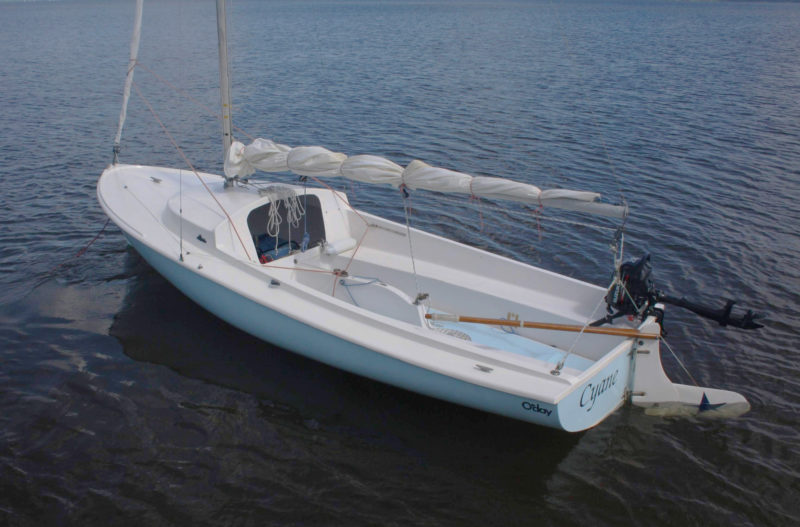
The long side benches in the cockpit provide uncrowded seating for six. The sole is above the waterline and is self-bailing.
The early DS I can be identified by wooden thwarts, seats, and cockpit sole, a centerboard lever, open cuddy, and a transom deck. The DS II came out in 1971 with built-in foam flotation. The cuddy opening is smaller than the opening on the DS I because it also acts as a thwart, and a thinner transom allows mounting a small outboard motor without the need for a bracket. The Day Sailer I and II are considered class legal for one design racing, but the DS III is not considered race-legal due to higher freeboard on the transom, which was a departure from Fox’s hull design. O’Day built the III from 1985 to 1990, so to race in One Design regattas it is important to buy a DS I or DS II. The current Day Sailer in production is a modified version of the DS I with improved self-rescuing capabilities, two sealed air tanks, and a cuddy flotation tank with a smaller hatch.
The Day Sailer, no matter which model, is a very versatile boat, easy to rig, sail, transport, and store. With the mast down the boat and trailer take up just a few feet more than an average family car, so can be stored in most garages, though the mast may need to be stowed diagonally. At the ramp, the Day Sailer can be rigged in under 30 minutes: step the mast, add the boom, bend on the jib and main, clip the pop-up rudder onto the transom, and sort out the sheets.
Stepping the mast is the biggest challenge. The 23′4″-long racing mast is stepped through the top of the cabin onto the maststep fixed to the floor of the cuddy, and that can be tricky for one person. The mast does not weigh much, but it is helpful to have a helper at the foot of the mast to guide it into the cuddy opening. The good news with this arrangement is that once the mast is stepped, it is secure, and there’s no rush to attach the forestay.
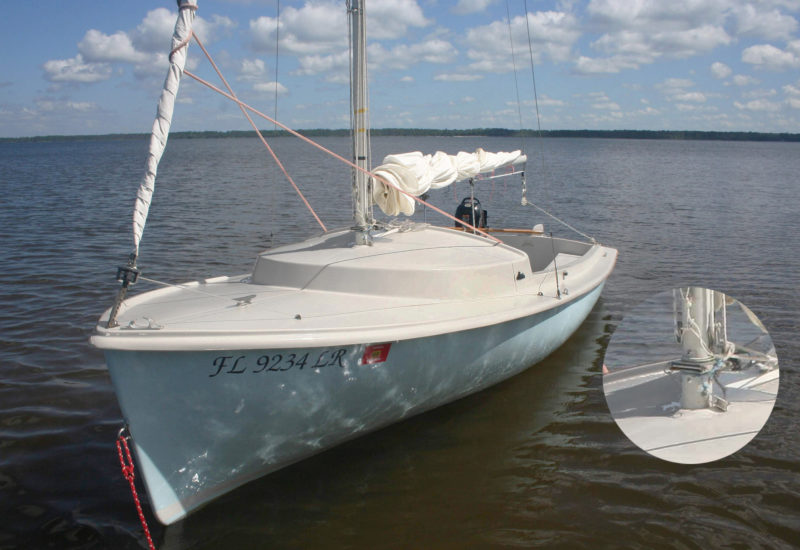
A mast hinge, a popular option, makes raising the mast much easier.
About 75 percent of the new boats are delivered with a hinged mast, eliminating the awkward gymnastics of stabbing the mast through the cuddy. Once the mast is raised and the forward hole on the hinge pinned, securing the forestay to the bow fitting takes the strain off the hinge. Side stays can then be tightened to take out the slack, but no more than hand tight. Stays that are too tight can damage the hull. Tighten the nuts on the turnbuckles and tape over any cotter pins.
There are different sheeting arrangements for the boom. Some boats have sheets attached in the middle of the boom; the sheet on a DS II starts from a traveler on the transom and ends forward on a swivel cam cleat mounted to the centerboard case. The DS II boom also has a spring in the gooseneck that allowed for roller furling— disconnect the sheet, pull the boom aft, and roll the sail onto the boom. A reefing claw has to be added to connect the sheet to the sail-wrapped boom, but this design is not optimum, nor is the wad of rolled-up sail by the boom’s gooseneck. A better arrangement is to add a conventional set of reefpoints to the mainsail. The boom also has a vang to improve sail control.
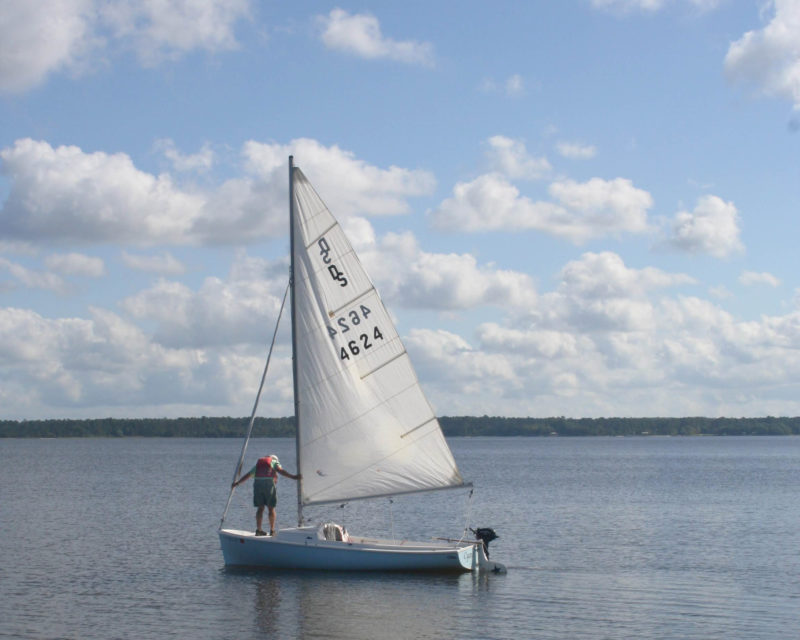
The 6′ 3″ beam gives the Day Sailer good stability, enough to keep the boat under someone standing on the foredeck.
The jib on the racing version of the DS is a standard affair, attached with hanks onto the forestay and raised with a halyard. Some skippers add a downhaul to lower the jib from the cockpit. Both the main and jib halyards are led aft on the top of the cuddy. The recreational version of the new DS I comes with a roller-furling jib, which we consider essential for sailing dinghies, especially if singlehanding. We have added a roller-furling jib to our DS II along with the mast hinge. We also added the hardware and rigging for a spinnaker, halyard, spinnaker pole, spinnaker pole control lines, sheet blocks, and jam cleats.
T he Day Sailer is a treat to sail; it handles well, tacks with ease, and powers up quickly with its large sail area. The planing hull is responsive to the tiller, and the wide beam makes it stable. The boat will roll quickly but then sets on a tack, holding it with stable and positive helm control. The centerboard can be easily adjusted from amidships.
We sail a Drascombe Lugger and a Sunfish; the Lugger drives like the family sedan and the Sunfish like our Mustang. The Day Sailer handling is closer to that of the Sunfish—when the breeze picks up, the mainsheet needs to be held in the hand and someone should be ready on the jibsheets. The jibsheets run through the coaming on the DS I and through small cars on the DS II. For the highest performance, skippers have added tiller extensions and hiking straps. There is an outhaul on the battened main; racing versions have barber-haulers and travelers added. Pop the spinnaker, and it will scoot along quite nicely in a light breeze.
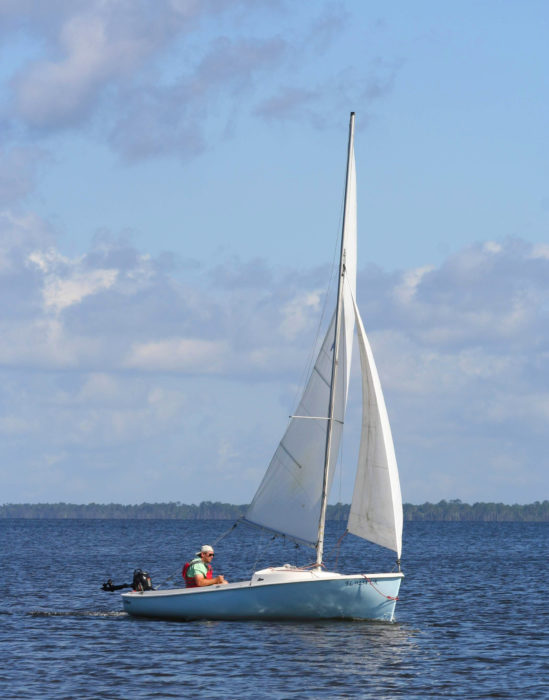
The Day Sailer carries 100 sq ft in the main, 45 sq ft in the jib and, for sailing off the wind, another 95 sq ft in spinnaker.
The Day Sailer’s 7′ 4″-long cockpit provides plenty of room for three adults, or two adults and two kids. With four adults it gets cozy; there is not much moving around, so whoever is sitting next to the tiller or foredeck needs to know what to do. It is easy to depower the main, reef it, or furl the jib as needed.
The cuddy is spacious for storing picnic or camping gear, and it affords a space equivalent to a two-person backpacker tent for sleeping aboard for overnight cruising. Adding a topping lift makes the boom nice ridgepole for a boom tent; there’s plenty of room to sleep in the uncluttered cockpit. The Day Sailer has completed many endurance cruising events, such as the Texas 200, Florida 120, and the Everglades Challenge.
A small kicker can be added for auxiliary power. We have used both an electric trolling motor and gas outboard, with best results coming from a 2-1/2-hp four-stroke that pushed push the boat to 6 knots at one-third throttle. The DS I will require a bracket to support and outboard; the DS II transom is thin and sturdy enough for a direct mount. If we’re not going far from home, we occasionally skip the outboard and carry a paddle; with her low coaming we have paddled her a bit, even backward over the transom.
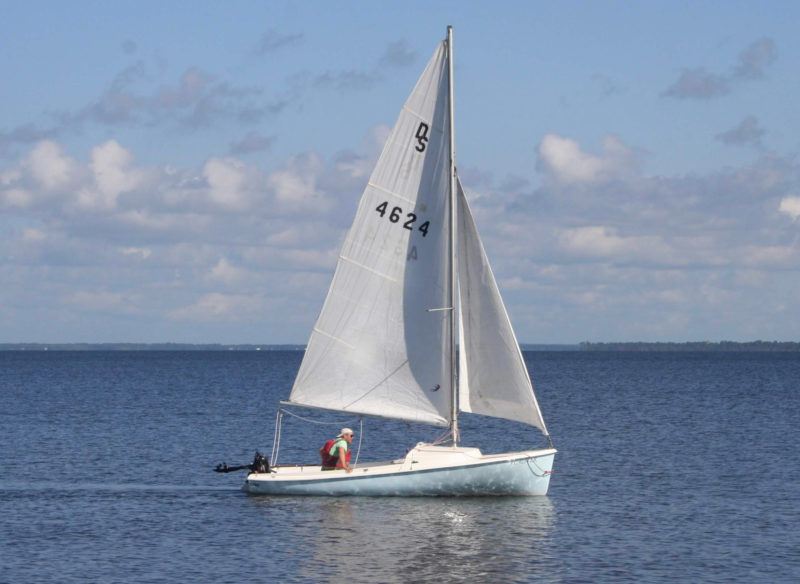
The transom of the Day Sailer II will accommodate an outboard for auxiliary power. The Day Sailer I will require a bracket.
D ay Sailers are easy to find and inexpensive, considering their capabilities. If you come across one, there are few important things to check. Make sure the centerboard moves in the trunk, see that the forestay tang and bow seam are not pulled up, inspect the cuddy deck for noticeable depression which would indicate failure of the maststep under the cuddy floor, and if it is a DS II look inside the flotation compartments. Rinse her off and get her ready to sail. There is a great Day Sailer Association with a web-based forum, and excellent parts availability.
Audrey and Kent Lewis enjoy time with CYANE, along with their small fleet of kayaks, canoe, sailboats, and lapstrake runabout. They blog about their adventures on smallboatrestoration.blogspot.com
Day Sailer Particulars
Length/16′ 9″
Draft, board up/9″
Draft, board down/3′ 9″
Displacement/575 lbs
Main/100 sq ft
Jib/45 sq ft
Spinnaker/96 sq ft
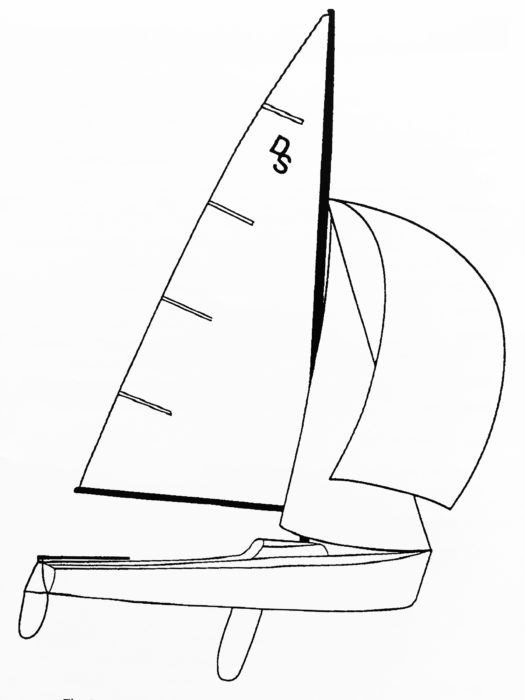
The Day Sailer is built by Cape Cod Shipbuilding Company . Prices start at $18,335 (less sails). For more information about the Day Sailer Class, visit the Day Sailer Association .
Is there a boat you’d like to know more about? Have you built one that you think other Small Boats Monthly readers would enjoy? Please email us!
Share this article
Join The Conversation
We welcome your comments about this article. If you’d like to include a photo or a video with your comment, please email the file or link.
Comments (35)
Great article Kent! I have a sister to your boat, right down to the racing mast and blue hull!! But since we’re moving to the Pacific NW, I’m about to sell it. I’m limiting myself to only 3 boats for the move (and it’s a hard sorting out!!!!). Great write-up about a fantastic boat! Thanks! Charlie
My father was George O’Day. It is nice to know the basic design that my Dad helped create is still vibrant 60 years later. I always find it interesting since Dad was a pure racing sailor that he designed a boat and saw the importance of appealing to the recreational aspect of sailing. He wanted to open the door to the bigger audience to share his passion of sailing.
I sailed with your father on a Hobie 16 at a Red Cross small craft instructor program. So much fun sailing with a legend.
Charlie we know it’s hard, the Day Sailer is such a timeless boat. If she has to change skippers, find her a good one.
Miss Beth, so wonderful to hear from a family member, it must have been quite an adventure to grow up around boating and racing. That Day Sailer hull was Cap’n Jack’s favorite, we enjoyed looking at it. Thank you for the insight into your family’s history.
Cheers, Skipper and Clark
I’ve had an O’Day for years, my first sailboat. I love sailing her around our little lake.
This boat is the best for a small family. In Brazil it’s a great option.
O’Day DS was my first brand-new boat. I was a “veteran”of maybe six months sailing in the late 1960s and she taught me to love sailing.
Great boat design. I’ve sailed different ones on and off over the years. Still a favorite.
Beth, your father made great boats as my father still has an O’Day 20 he bought new in ’76 and it’s still like new and a great sailing boat!
I recently bought a 1966 model after downsizing from a Viking 28. My father owned a Rhodes 19 and we sailed that boat for years on the western end of Lake Ontario. The design was similar, so the transition to the 16 was easy. I love the boat because even in high winds I can make a simple adjustment to the main with reef points. Solo sailing is fun and safe. I can see why so many were sold.
Hello, I just bought O’day sailboat. I do believe from what I’ve been reading that it’s a Daysailer 1. I was told this boat has never been registered and never had a kicker motor on it, I can’t find the metal tag on the transom but I see the two rivet holes where it should have been. Is there any other place on this boat to find the serial number? I would like to put a kicker on it and register it and, if not, is there a way to register this boat? Thank you for helping
The requirements to register a small boat that has not been registered before is different for each state. In NY, a boat is registered through the DMV. HIN numbers are placed on the right side of the transom. If you do not have one your boat was made prior to 1972.
Thank you for the reply, I’m working on getting a HIN number now.
Check with O’Day. Some manufacturers hide a second HIN onboard. Worth a shot.
My boat has a plate on the inside toward the front of the boat. On the bulkhead (might not be the right term) behind the mast. You’ll have to crawl into the cubby to see it. It’s a little plate 2″ x 4″ and shows Hull no. and Class no. The paperwork I have says the boat was made in 1967. Does anyone know the difference between Hull number and Class number?
Can anyone give me today’s value of a 1960 O’Day Day Sailer, #333, with a small motor that goes on the mount with sails that all sit on a Dilly trailer? It has all the original woodwork that my husband redid. It does not have a spinnaker but has the jib and main and a Proctor mast.
My daughter and I are looking for an older (less expensive) sailboat. Not sure where your at , we are South of Boston. The O’Day is our first choice. If you are going sell, please reply to this comment. Thanks
[I’ll connect sellers to John. Ed.]
16′ O’Day Day Sailor with trailer and motor
2013 DS for sale in Sharon,MA. needs work on floatation tanks
At 30 years old, I just bought my first sailboat which is a 1965 DS I. The boat has sat for a few years and she needed a good power-washing plus painting of the hull and inside the cubby and several new lines. I’m completely inexperienced with sailing (plenty of time cleaning boats, though) and couldn’t be happier to learn on such a beautiful vessel. Thanks for this article! It’s great to get some background info. Plus, plenty of words to highlight as I expand my boating vocab.
Day Sailers are easy to find? I guess you know where to look (certainly no offers in Craigslist). I have not been lucky enough to come across a good one that is 10 to 20 years old. I live in Massachusetts. Would you mind sharing where to look for one?
I have an O’Day day sailer 16.5 ‘ up for the taking. Our family had years of good times sailing and camping with It. Great family boat. Wooden seats and rails. Needs some work. In central Massachusetts
I am assuming you have gotten rid of your O’Day day sailer – if not, I may be interested. I’m new to sailing at 57 years young! I just took lessons at KYC here in Blue Hill, ME and am looking for a great starter boat that I can learn in and have fun on the bay.
Thanks, Kelly
Actually, I just bought a 1989 DS2 from Craigslist, on trailer, for $300. It needs only minor work and a lot of cleaning. I hope to float it Saturday to see if it sinks like a rock (I know it has flotation), and will need glass work, but I could see nothing amiss while on the trailer.
So, never say never.
Hi Laranja, I just read your comment about trying to find a used O’Day Day Sailer. I live in Wareham where Cape Cod Shipbuilding is located, they are the current builders of the Day Sailer. They usually have used boats available. I have a 1971 DS, a wonderful boat.
I have a 2013 DS for sale in Sharon,MA. needs work on floatation tanks
Fantastic article
Interested in purchasing a fine example that was actively sailed
I agree with the many positive comments above. Great article! I was a longtime owner of an O’Day Widgeon (14′), and after many boat-less years I’m pleased to have purchased a 1984 O’Day Daysailer II just last week. It’s in good condition, and after sourcing a few needed part, I’ll enjoy it on lakes here in Georgia. Thanks for the great article, which has served as an orientation of sorts for me as to what to expect when I launch her for her maiden voyage under my ownership. A long-time marketing and sales executive, I’m naming her SAILS CALL!
I just got a DaySailer, thought it was a 67 DS1 but the transom is thick with a box on the port side by the transom so not sure now DSII?
I just today bought and brought home to MA a 1966 O’Day Day Sailer (as shown on the registration from NH), and it has a thick transom with lidded box on the port side. Also has a wide cuddly opening and wooden cowling and thwarts as described above for a DSI.
We’re down sizing from a 53′ Pearson to an O’Day 18 that someone offered us. I have no qualms about the sailing, but the temperature of the water here (Massachusetts to Connecticut) worries me very much, after a lifetime in the tropics. Are these dry boats when sailed conservatively?
I have a 2013 Cape Cod built DS for sale in MA. Needs some work on floatation tanks.
I just sold our Venturer 22 and picked up (rescued) an O’Day 16 DS. A couple weeks in the shop and it looks ready to sail. One question: the roller reefed main (boom) does not “lock in.” I suppose I could jiffy reef it but does anyone have experience with the roller reefing boom? Am I missing a part (the claw) or do I just not get it.
I want to buy an O’Day sail 17′
We have a 1976, 17′ foot O’Day DSll (?) on trailer that we are transferring to another family member. We are trying to figure out the best way to get it from Oregon to New Hampshire. Any ideas out there?
Leave a Reply Cancel reply
Your email address will not be published. Required fields are marked *
Stay On Course
More From This Issue

From The Editor
Suitable for Framing
here’s an interesting exhibition of art at the Georgetown Historical Society in Georgetown, Maine. Some of the pieces on display are an unusual pairing of abstract painting and wooden boat...
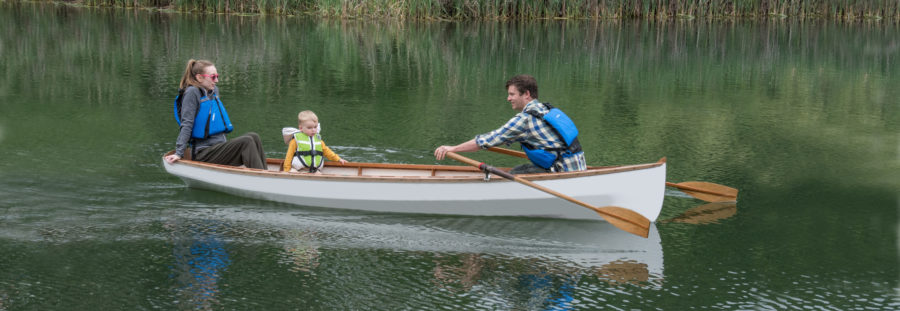
Whitehall Tender
Shenandoah Whitehall
The construction went quickly. Every major project I’ve ever begun has a hidden “gumption trap”—a difficult and unrewarding challenge that sucks the will to persist right out of me. This…

The Day Sailer, no matter which model, is a very versatile boat, easy to rig, sail, transport, and store. With the mast down the boat and trailer take up just…
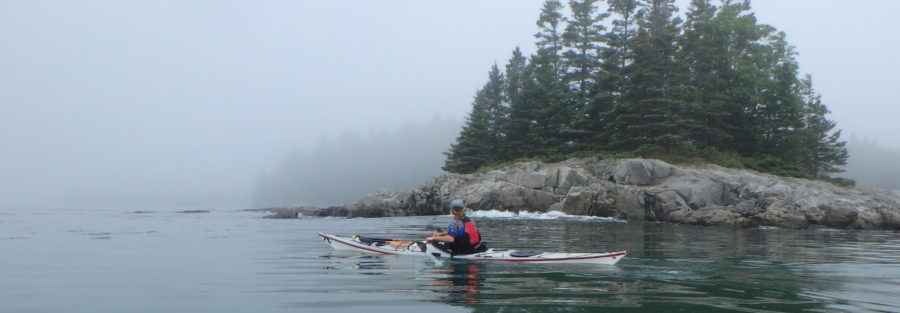
Dallying Downeast
We’d started at Deer Isle, where we had lived and worked for 14 years, and we planned to paddle a big figure-eight: first down to Portland and back, and then…
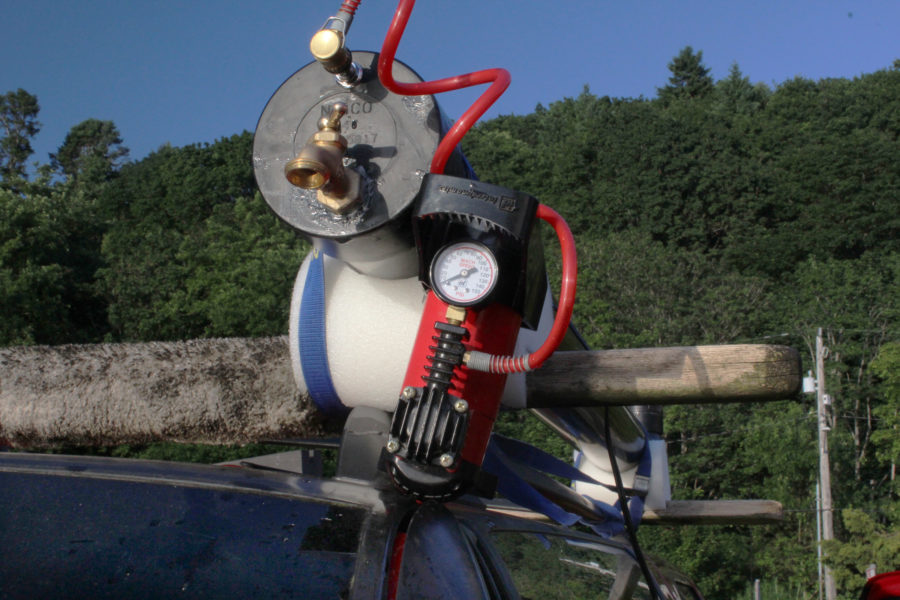
A Cartop Water Tank
Bringing the pressure up to 40 psi is sufficient to propel the remaining 4 gallons of water out of the tank. The nozzle I have on the hose will shoot…
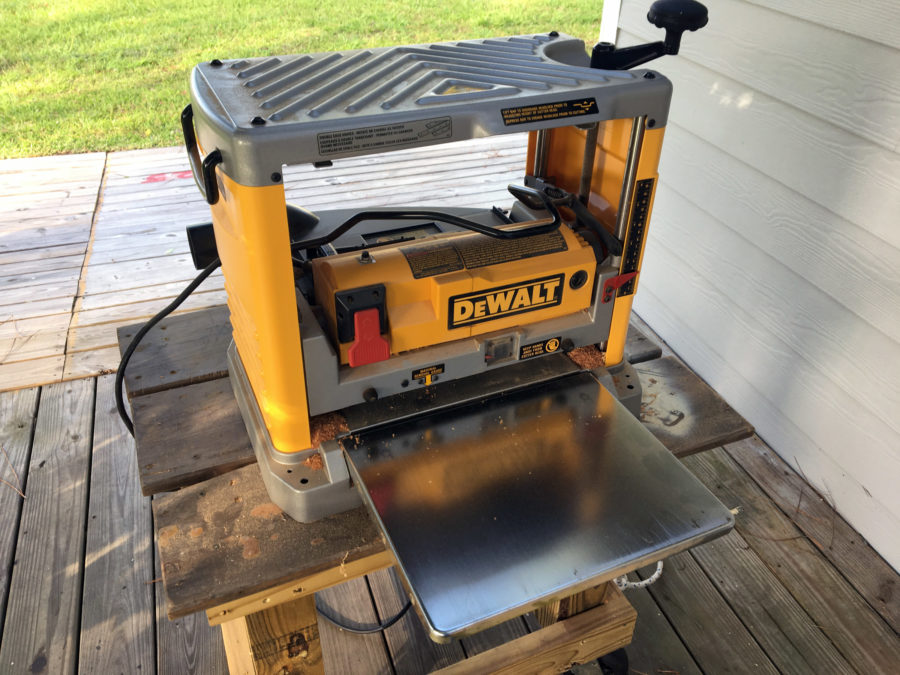
Product Reviews
DeWalt’s Benchtop Planer
We researched benchtop planers and decided the DeWalt DW734 would meet our requirements. Its 12-½” wide bed could handle the 12”-wide garboard that we needed to replace, and its 6”…
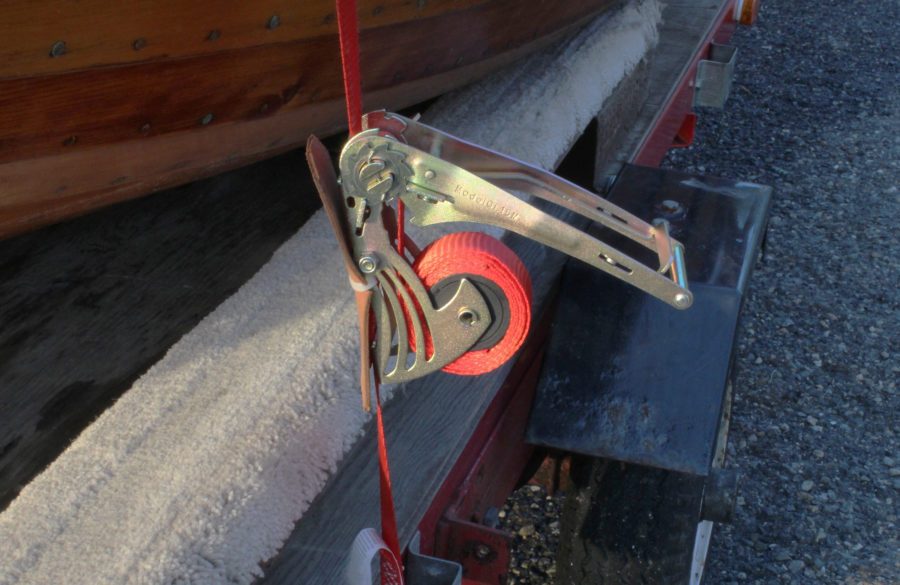
Quickloader Retractable Ratchet Straps
The QL15 model has two black, rubber-coated metal S-hooks, one of which is on a 9-1/2” piece of 1” polyester webbing, and the other is at the end is a…
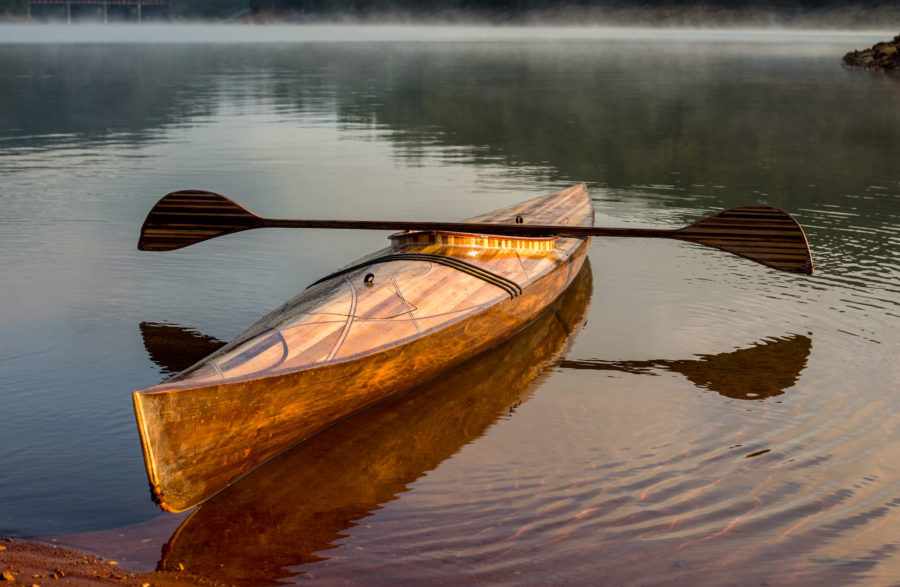
Reader Built Boats
DREAM WEAVER
Neither Claudia nor Jacob came into that class with much experience in marine design beyond scanning online videos and blogs. For guidance on construction they studied Nick Schade’s The Strip-Built…
More Boat Profile
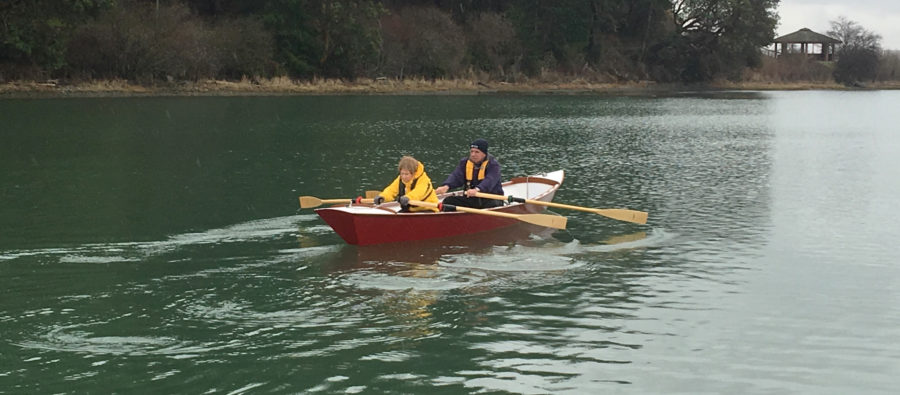
Fairhaven Flyer
The Fairhaven Flyer is a sturdily constructed, easily rowed light dory. It is also simple to build since Sam Devlin, a master of stitch-and-glue boat design and building, refined the…
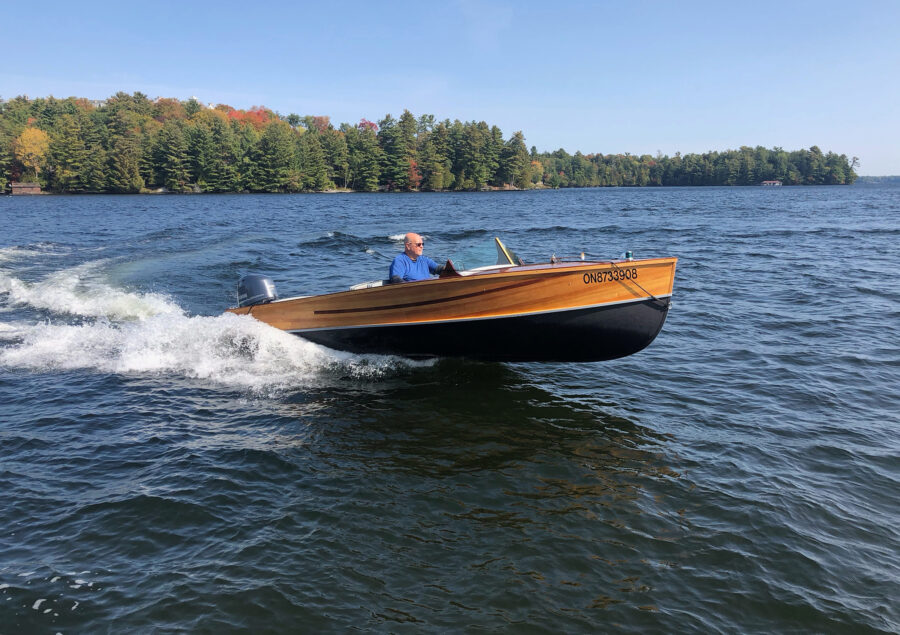
Georgian Bay
We ordered the Georgian Bay, an 18′ cedar-strip cruiser, which would include a 60-hp Yamaha high-thrust four-stroke outboard with electric trim. The base model of the boat, without any of…
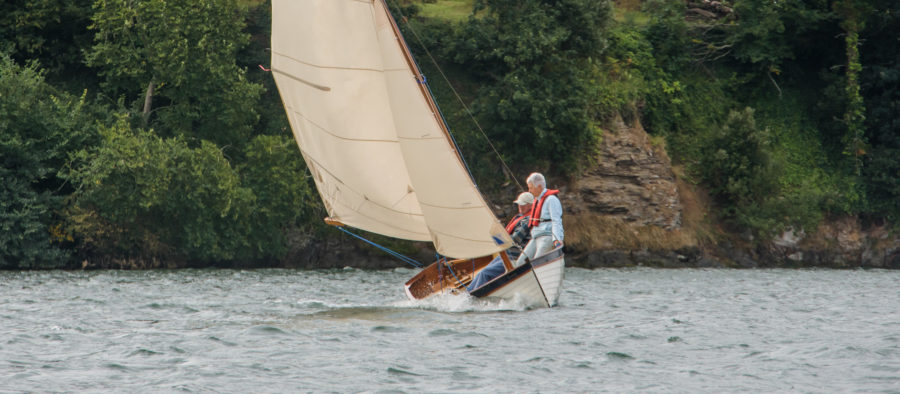
The lines of the Swallow seemed to offer an ideal compromise of lightness, speed, and roominess. The plans are suitable for skilled amateurs, as there are no step-by-step instructions or…
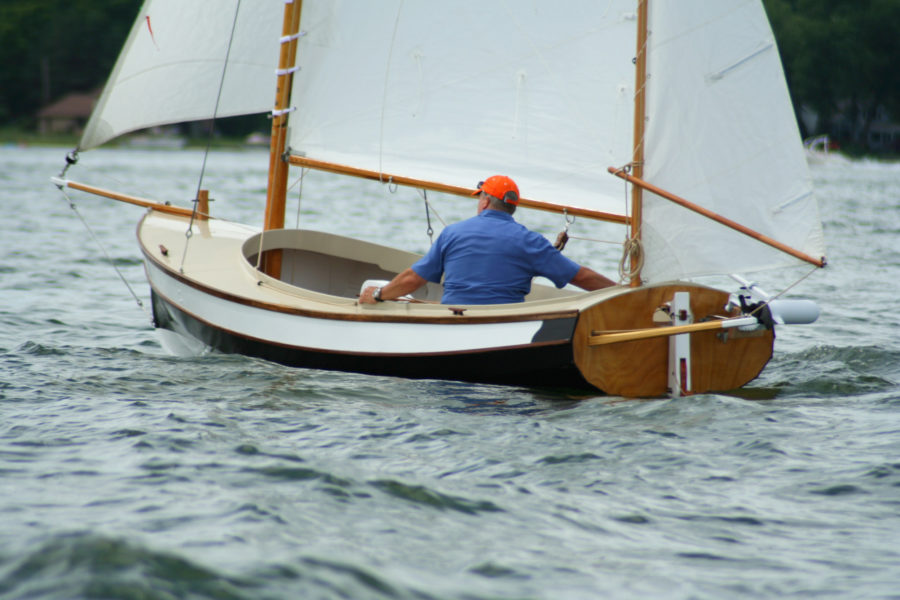
John Welsford’s Navigator is a 14 1/2′ centerboard beach cruiser and daysailer built in glued-lapstrake plywood. Welsford offers several rigs for this pretty little boat: Bermuda racing sloop, a lug…
Subscribe Today!
Become a subscriber today and you’ll recieve a new issue every month plus unlimited access to our full archive of backlogged issues.
Already a subscriber? Sign In
Subscribe For Full Access
Flipbooks are available to paid subscribers only. Subscribe now or log in for access.
Sign up for an account
Already have an account? Log in
Login to continue
Don't have an account yet? Sign Up
Forgot your password?
Log in | Sign Up
- United States
- New Hampshire
- 1971 O'Day 17
1971 O'Day 17 Featured Sold
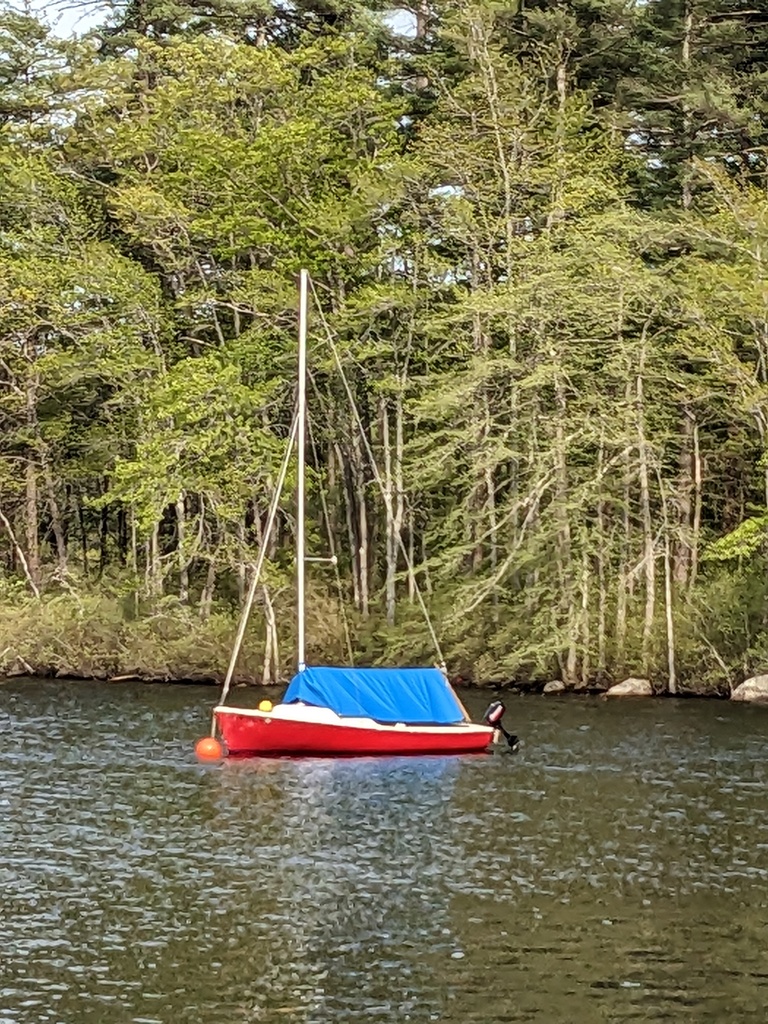
Description
Fun boat. New center board and rudder. New last season, running rigging. Good reliable outboard, fresh water only, never any ethanol. Main and jib in good shape. Genny is patched and very usable. Trailer is galvanized, in good shape, new axle, wheels and bearings. Lights , LED, all work. Boat is currently in the water.
- Seller dfpsmluv
- Manufacturer O'Day
- Model Daysailer
- Length 17 ft / 5.18 m
- Beam 6.0 ft / 1.83 m
- Draft 1.0 ft / 0.3 m
- Displacement ?
- Condition Good
- Location New Hampshire, United States
- Material: Fiberglass
- Rigging: Sloop
- Hull: Monohull
- Keel: Centerboard
- Sailboat Type: Daysailer
- Covering(s): Cockpit Cover
- Cabin Layout: ?
- Fresh Water: ?
- Holding Tank: ?
- Fuel Capacity: ?
- Engine Make: Mercury
- Engine Model: ?
- Engine Hours: ?
- Horsepower: ?
- Propulsion: Outboard
- Steering: Tiller
- # of Cabins: 0
- # of Bathrooms: 0.0
- Bathroom Layout: ?
Rig / Sails
- Head/Jib Sail
- Furlingjib System
Sailboat's Location
Photo gallery.

- --> Seller --> Manufacturer --> Model --> Year --> Length --> Beam --> Draft --> Displacement --> Condition --> --> Location -->